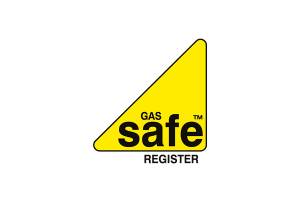Fire Damper Drop Testing
Fire dampers are fire protection products that are used in the ducts of heating, ventilation and air conditioning systems. Their purpose is to prevent the spread of fire through walls, floors and partitions. Your business needs to conduct fire damper testing no more that every two years.
According to The British Standard 9999:2008 Code of Practice for Fire Safety in the Design, Management & Use of Buildings, any grille or opening through an enclosure for ventilation purposes needs to be protected by a fire damper.
The introduction of The Fire Safety (Scotland) Regulations 2006 created the legal requirement for all buildings to have a fire risk assessment undertaken. To comply with current legislation, where any fire hazards are identified, these must be removed, controlled or minimised where possible.
A crucial fire prevention measure is regular fire damper testing, cleaning and maintenance. These metal louvres open and close and are installed through the ductwork to create a barrier when closed but allow the free flow of air when open.
Most people are not aware that their ventilation system has fire dampers, but they carry out a very important function so it’s imperative that these are in correct working order.
Fire damper testing and maintenance is crucial, as if they fail to work, fire can spread quicker and result in more fatal consequences.
If a fire travels through the ductwork, the fire damper will close to reduce the oxygen supply to the fire and to form a barrier which will slow down the spread of the fire. This is important time which allows the evacuation of customers, staff and those who would require additional assistance.
Fire damper testing should be regular and not overreach two years, as required by the British Standard. However, the regularity of testing depends on the type of damper. Spring-operated fire dampers should be tested every 12 months.
Types of Fire Dampers
Fire Damper Testing
Fire Damper Maintenance
Fire Damper Cleaning
GET IN TOUCH


